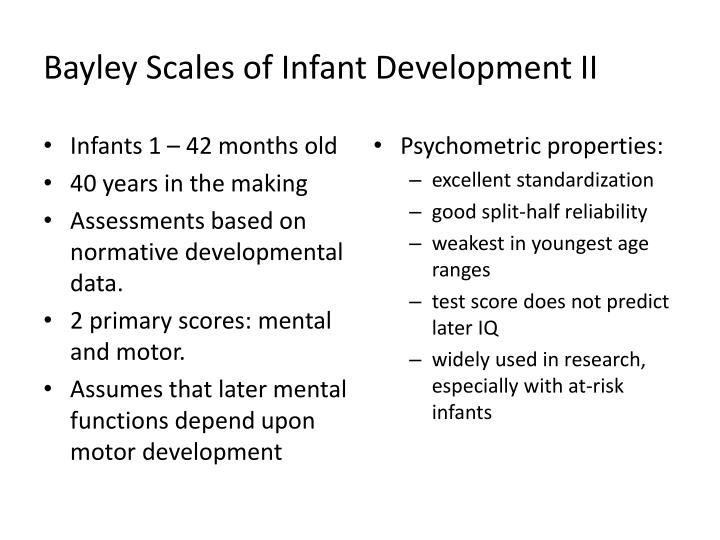

This means that the results of the Bayley assessment are likely to be accurate, regardless of when it is taken or who takes it. The test-retest reliability is also high, with a coefficient of 0.80-0.83. The internal consistency of the test is high, with a coefficient of 0.82-0.88. The test is made up of a number of different items, all of which have been found to be reliable. It is used in a number of different countries, and has been found to be both internally consistent and reliable. The Bayley assessment is a widely-used cognitive test that is designed to measure a child’s developmental progress. Are the Bayley Assessment Results Accurate? The standard score enables the examiner to estimate the child’s development more accurately and therefore make better decisions for their future. This means that the test is able to accurately measure a child’s development in comparison to their peers. The Bayley Scales have been found to be valid for evaluating 1-42 month olds in Tehran. These scores are converted into percentages, with 83.84%/92.11% being accurate for the cognitive/receptive communication skills. It is broken down into two standard scores- one for cognitive and one for receptive communication. The Bayley Assessment is able to evaluate a child’s cognitive and receptive communication skills. This allows clinicians to make more accurate decisions about whether or not a child is proficient in a cognitive subtest. A recent study conducted by Griffith University found that the Bayley-III provides confidence levels based on the Standard Error of Estimate (SEE). The test is widely used in Australia and has been found to be a valid measure of development. The Bayley Scales of Infant and Toddler Developmental is a measure of cognitive, motor, and language development in infants and toddlers.


 0 kommentar(er)
0 kommentar(er)
